Connection between weird sleep position and SIDS
In recent years, there has been a tremendous amount of information released to the public concerning Sudden Infant Death Syndrome (SIDS). Accordingly, more families have begun to give more attention to the positions in which their children are sleeping. They are encouraging and repositioning them to sleep on their back whenever necessary. However, in spite of their parents’ efforts, many children may still have a tendency to reposition themselves into some pretty strange, uncomfortable-looking sleeping positions. Especially in light of the SIDS research and information, many parents understandably wonder if they should be concerned when their children morph into such odd sleeping postures.
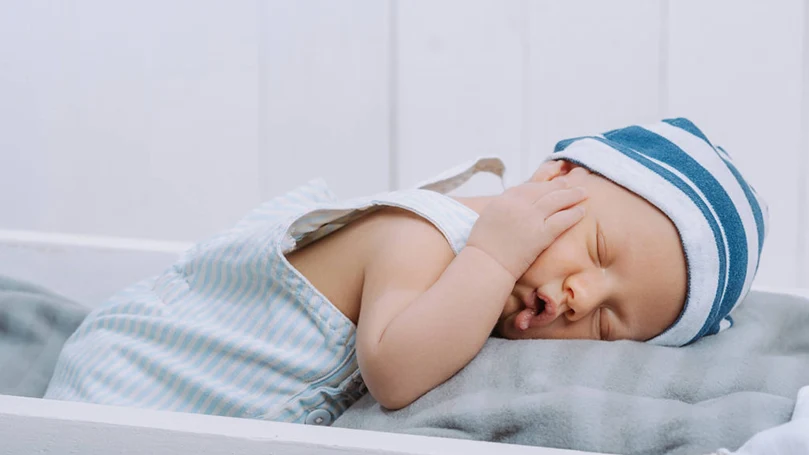
Babies left to sleep on their stomachs while on very soft bedding areas are said to be at the highest risk of SIDS of all. Various other external factors also come into play. Those include:
- whether or not the parents of the baby smoke;
- if the baby was delivered prematurely, and;
- whether or not immediate post-natal care was sufficient, all of which can influence SIDS risk.
Get ready positions
While it is best for children to sleep on their backs during their earliest years, there are some strange looking sleep postures that are common. They pose no serious, immediate danger and you don’t have to worry about them. One example of this is what are called the get-ready positions.
In these positions a sleeping child appears like working out or doing some sort of stretching exercises. From these positions children’s muscles may become more developed and toned. When the child may be seen with legs or arms outstretched, or perhaps pushing against the head or footboard with the arms or legs, they are practically exercising. These get-ready positions pose no immediate threat. However, psychosomatic pathology suggests that if this sleeping behavior persist for too long without being addressed, conditions like compulsive hair pulling could develop later in life.
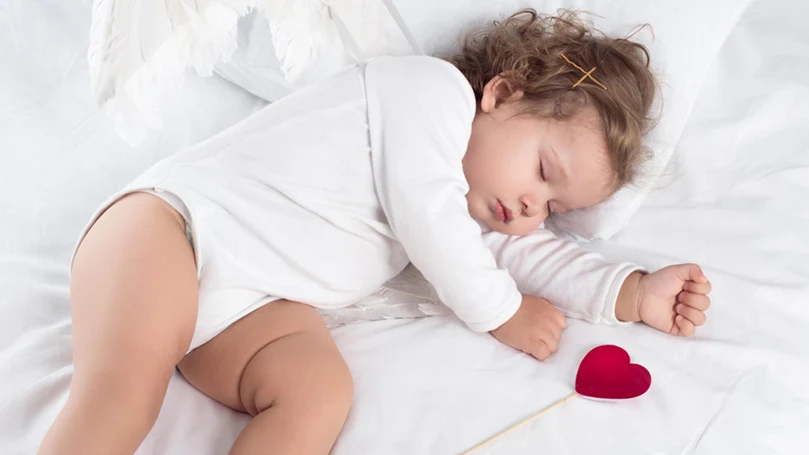
Flat head position
Another significant concern shared by millions of parents is that the flat head syndrome. Flat head syndrome is the name given to the condition when part of a baby’s head becomes flattened due to continued pressure on one spot. There are two types of flat head syndromes in babies.
- Plagiocephaly
This is a flattening on one side of a baby’s head. Its most common form is ‘positional plagiocephaly’. It happens when a baby’s head develops a flat area due to continued pressure on one side of their head. Babies are most vulnerable because their skull is soft and pliable when they’re born.
- Brachycephaly
This refers to the condition where a baby’s head is disproportionately wide compared to its depth. It can happen when babies lie for long periods on their backs. This causes the whole of the back of their head to flatten, resulting in a much wider and shorter head. Brachycephaly is less common.
The problem is that though prior studies have indeed linked back sleeping babies with an elevated risk of FHS, there are considerably more benefits and fewer dangers in doing so.
Stretched body position
There are some sleeping positions where the child’s body appears over-extended, sort of similar to some get-ready positions, but more stretched out as if standing on its toes or head. This oddly stretched body posture has at times been mistaken for more serious issues, such as too much intra-cranial pressure, but is often just a simple sleeping abnormality. Still, even when diagnosed as just an abnormal sleeping posture, arched sleeping positions have been connected to children that experience bouts with nocturnal asthma attacks.
While some abnormal positions that children sleep in may be symptoms of or may cause health problems, most are just signs of a child’s joints and muscles developing. It is important for parents to gather as much information as possible. That way they will be able to distinguish normal sleeping features from potentially harmful sleeping deviations.
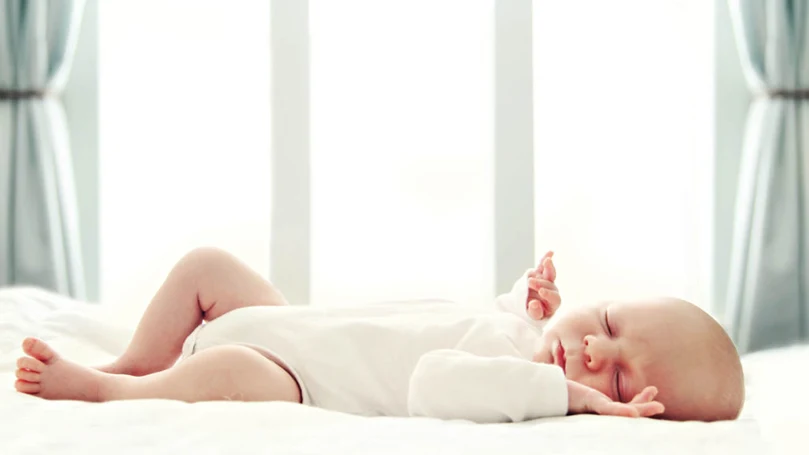
Safety tips to avoid weird sleep position
Bedding
- Avoid overly soft sleeping areas. Select firm and tight-fitting baby mattresses onto which baby should be placed back-down.
- Get rid of all excess accessories, toys and blankets when baby will be sleeping. Basically, everything apart from the mattress and bedding.
- Blankets can be replaced with sleepers, which are not only much more convenient but also safer.
- Keep an eye on your baby’s head position during sleep and ensure they don’t slip under the covers.
- Pull blankets up only as far as your baby’s chest, never right up to their head.
- Do not allow your baby to sleep on standard sofas, waterbeds, pillows or any other soft surfaces.
- Pacifiers have been linked with lower rates of SIDS, and therefore, should be offered to all babies while sleeping, though not forced upon them.
Room sharing
Official guidelines suggest that room sharing is a great idea, but parents should not be tempted to share an actual bed with their baby. For the first six months after the baby’s birth, consider placing the crib close to your own bed. It should be convenient enough and give you peace of mind. Twins should not be allowed to share the same bed. Neither should older babies be allowed to sleep with younger siblings. Resting with your baby or carrying out a feeding in your own bed is fine. However, they should be returned to their own bed for sleep. Bed sharing can be lethal if either or both of the parents smoke, drink alcohol or use drugs.
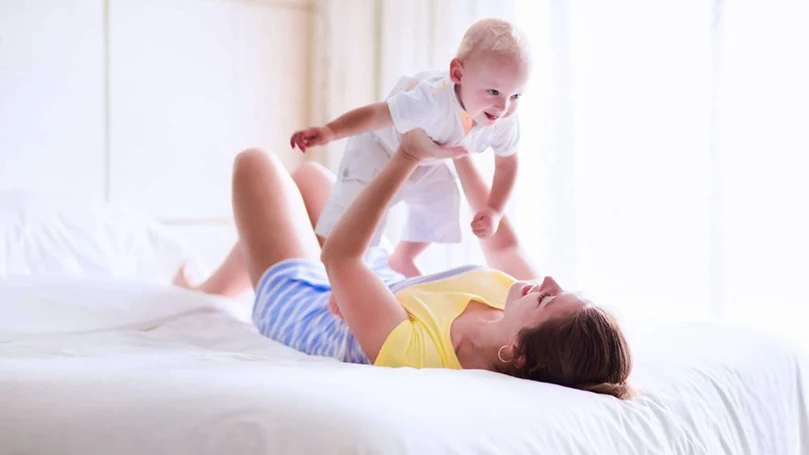
SIDS Prevention
- In terms of preventing SIDS, there are certain simple steps any parent can take for the safety of their infant.
- Solid links have been drawn between breastfeeding and a lower risk of SIDS.
- Immunization can reduce a baby’s risk of SIDS by over 50%.
- Before making any adjustments to a baby’s crib or daily sleeping position, consult an expert.
- Don’t use other baby seats, carriers and strollers for regular napping during daytime as very few promote a healthy sleeping position.
- Use only those accessories, monitors and mattresses that have been officially certified as 100% safe for use by professionals.
- Never place a crib or sleeping area within reach of any other external hazards such as cables or sharp objects.
Conclusion
A weird sleep position are pretty complex matter, and they are more important than one would think. The improper sleeping position could have long term consequences for the baby, and it’s very worrisome that SIDS is mostly associated with bad sleeping position. There is a number of things parents could do to keep their baby in check, like making the beddings firmer, checking for baby’s head position, fixing it if needed, removing anything except bare beddings while the baby is sleeping, sharing the room (but not bed) with the baby, and consulting an expert before making any major adjustments to baby’s crib or daily sleeping getup.

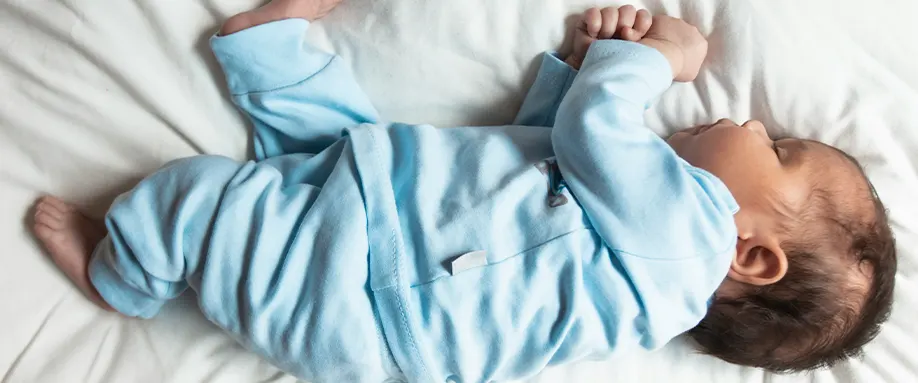

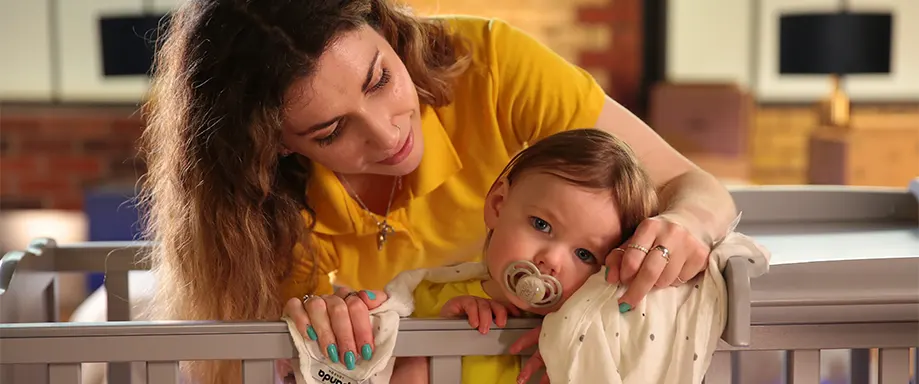











There are no comments yet
"*" indicates required fields